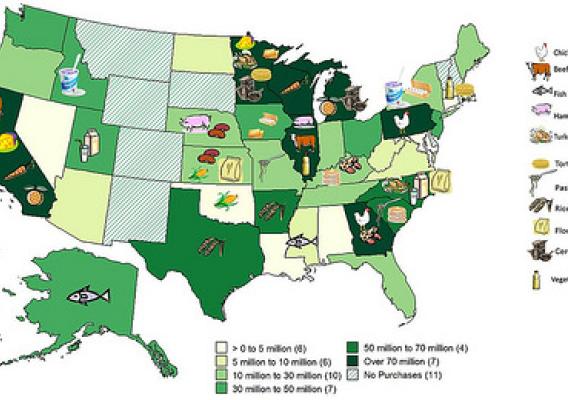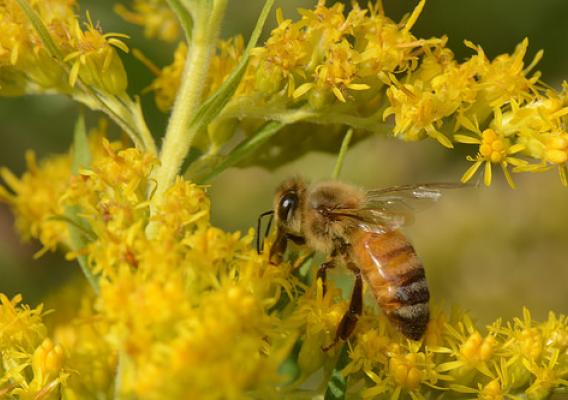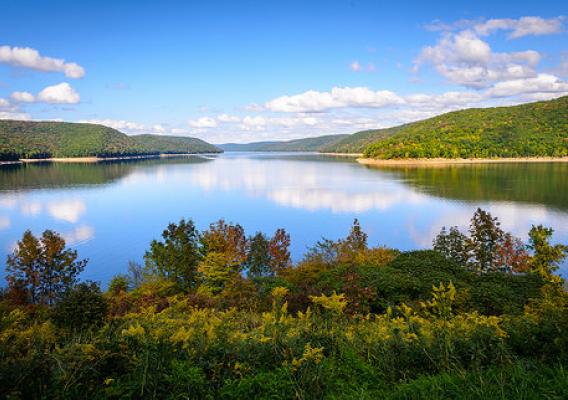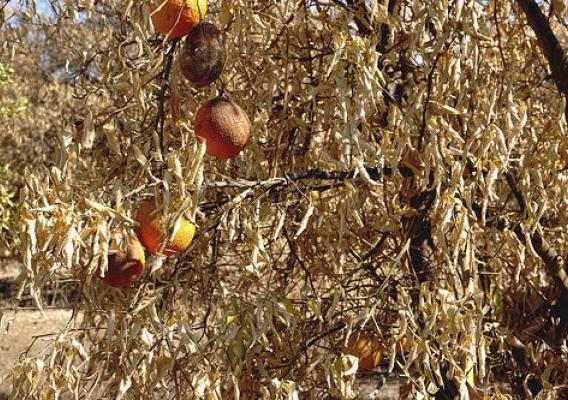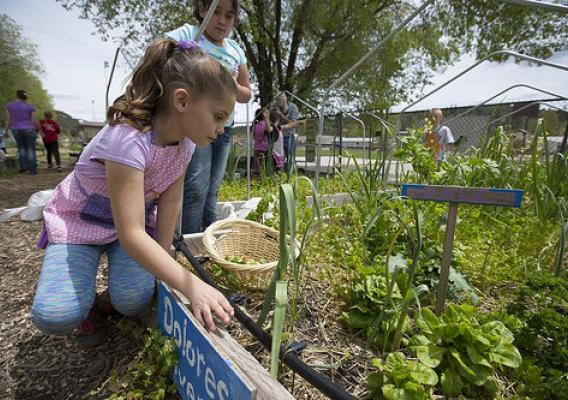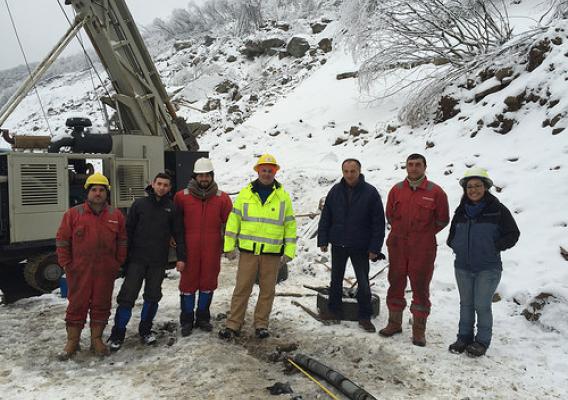All this month we will be taking a look at what a changing climate means to Agriculture. The ten regional USDA Climate Hubs were established to synthesize and translate climate science and research into easily understood products and tools that land managers can use to make climate-informed decisions. The Hubs work at the regional level with an extensive network of trusted USDA agency partners, technical service providers, University collaborators, and private sector advisers to ensure they have the information they need to respond to producers who are dealing with the effects of a variable climate. USDA's Climate Hubs are part of our broad commitment to developing the next generation of climate solutions, so that our agricultural leaders have the modern technologies and tools they need to adapt and succeed in the face of a changing climate.
Honey bee health and climate change would both rank high on anyone’s list of hot topics in agriculture these days.
Lewis H. Ziska, an Agricultural Research Service (ARS) plant physiologist, with what is part of the Northeast Climate Hub in Beltsville, Maryland, knows this. He also knows that any study involving both honey bees and climate change should be carefully conducted and cautiously interpreted. Ziska has been studying the effects of climate change on plants since 1988. He has been focusing on how rising atmospheric carbon dioxide (CO2) levels accompanying climate change are affecting a wide range of plants—from important food crops to noxious weeds.


